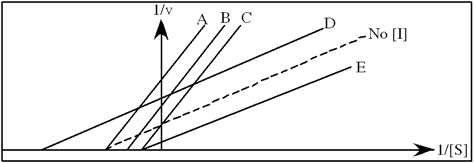Exhibit 6A This is a reaction going on in your muscle cells right this very minute:  The enzyme triose phosphate isomerase catalyzes this reaction in the forward direction as part of the glycolytic pathway. It follows simple Michaelis-Menten kinetics:
The enzyme triose phosphate isomerase catalyzes this reaction in the forward direction as part of the glycolytic pathway. It follows simple Michaelis-Menten kinetics: 
Typical cellular concentrations: triose phosphate isomerase = 0.1 nM
Dihydroxyacetone phosphate = 5 µM glyceraldehyde-3-phosphate = 2 µM
Refer to Exhibit 6A. "Hindrate" is an inhibitor of triose phosphate isomerase. When it is added to cells at a concentration of 0.1 nM, the enzyme's KM for the substrate is unchanged, but the apparent Vmax is altered to 50 nM\sec.
In the following graph, which line best represents the Lineweaver-Burk plot obtained in the presence of hindrate? 
A) A
B) B
C) C
D) D
E) E
Correct Answer:
Verified
Q49: Exhibit 6A This is a reaction going
Q50: It is important that at physiological conditions,
Q51: The substrate-enzyme (E-S) complex
A) always proceeds to
Q52: When an enzyme-catalyzed reaction has two substrates
Q53: A Lineweaver-Burk plot is useful in the
Q55: Exhibit 6A This is a reaction going
Q56: If the y-intercept of a Lineweaver-Burk plot
Q57: The Michaelis constant determines the Vmax of
Q58: Exhibit 6A This is a reaction going
Q59: Which of the following statements regarding the
Unlock this Answer For Free Now!
View this answer and more for free by performing one of the following actions

Scan the QR code to install the App and get 2 free unlocks

Unlock quizzes for free by uploading documents